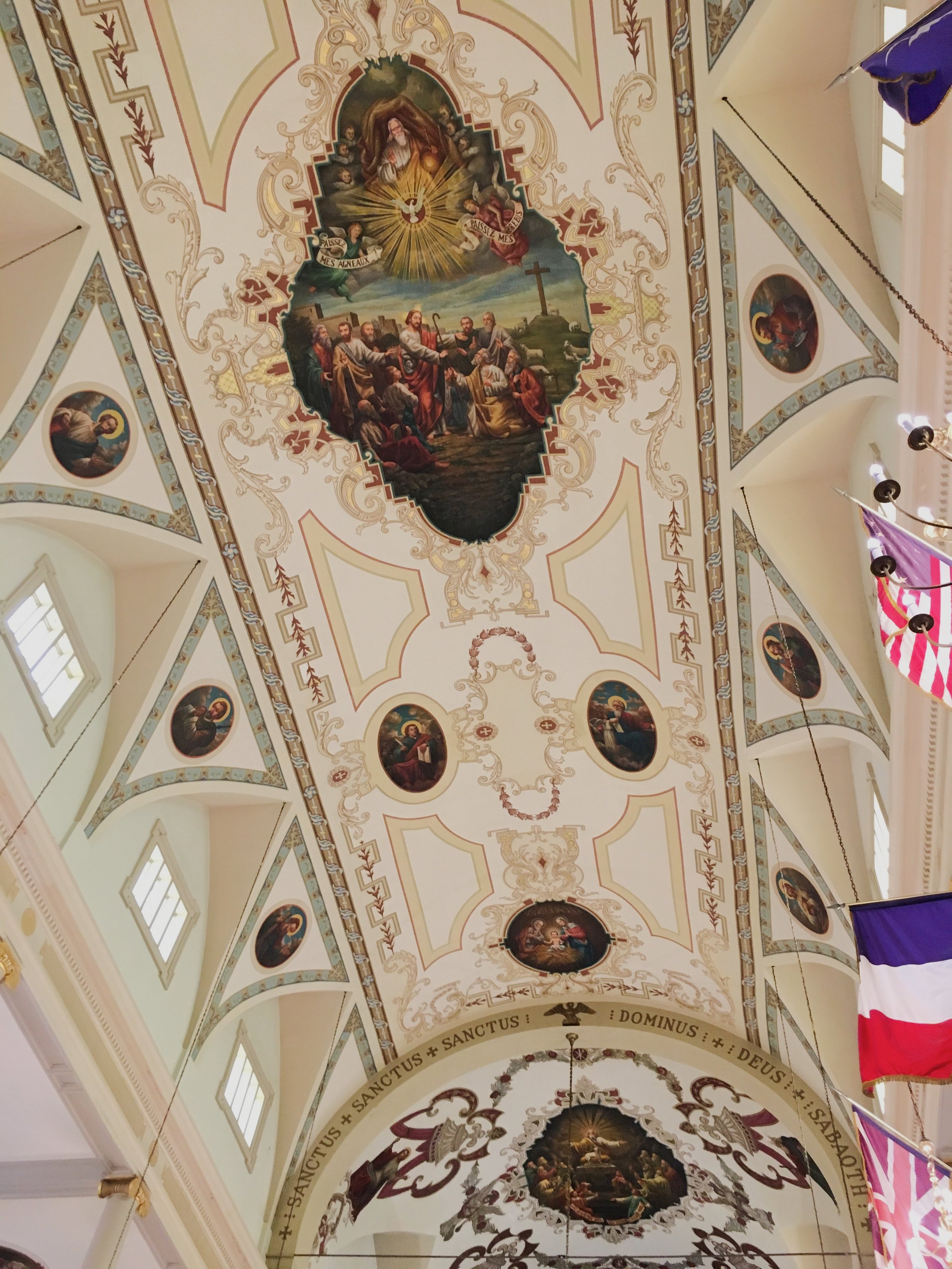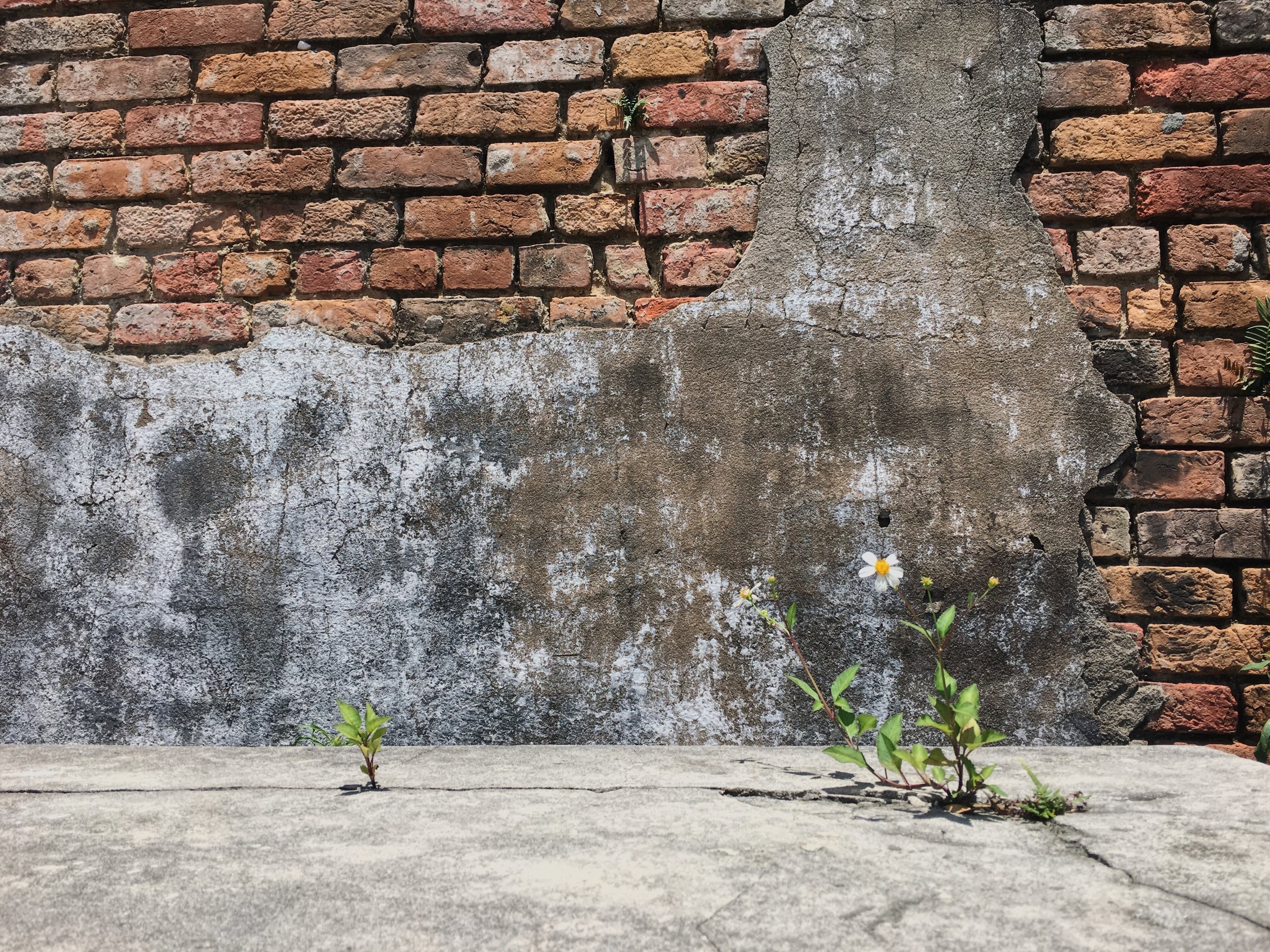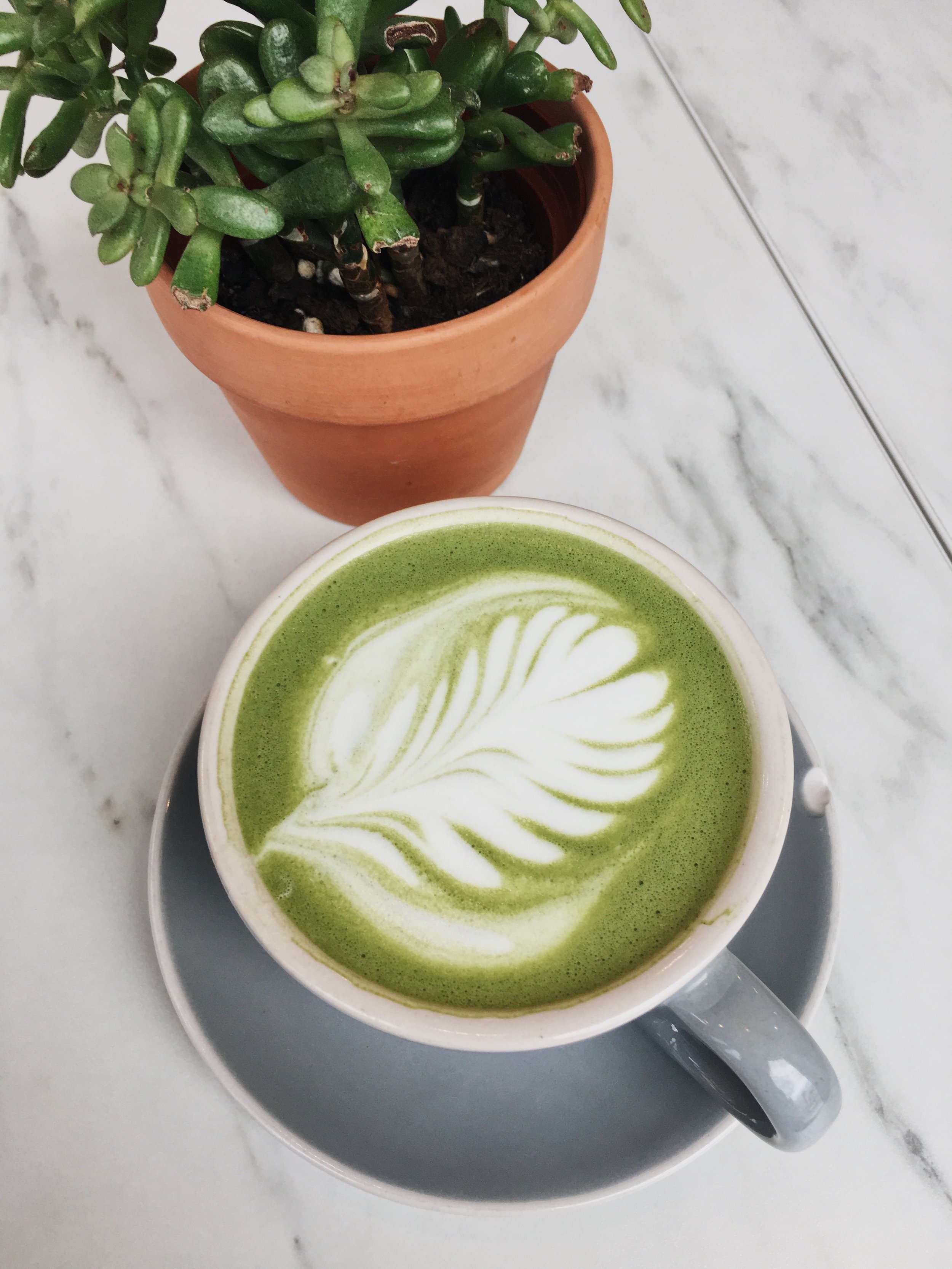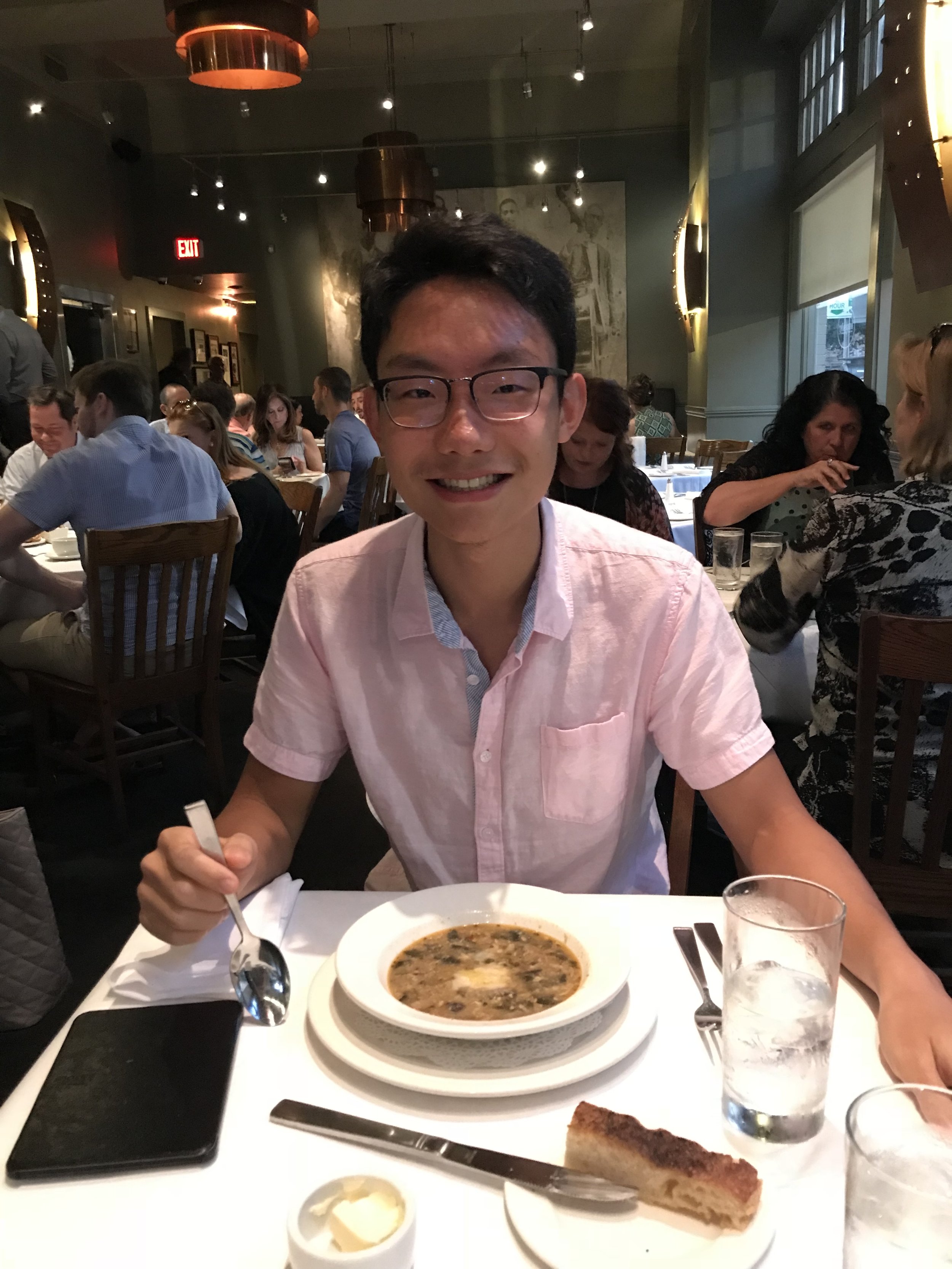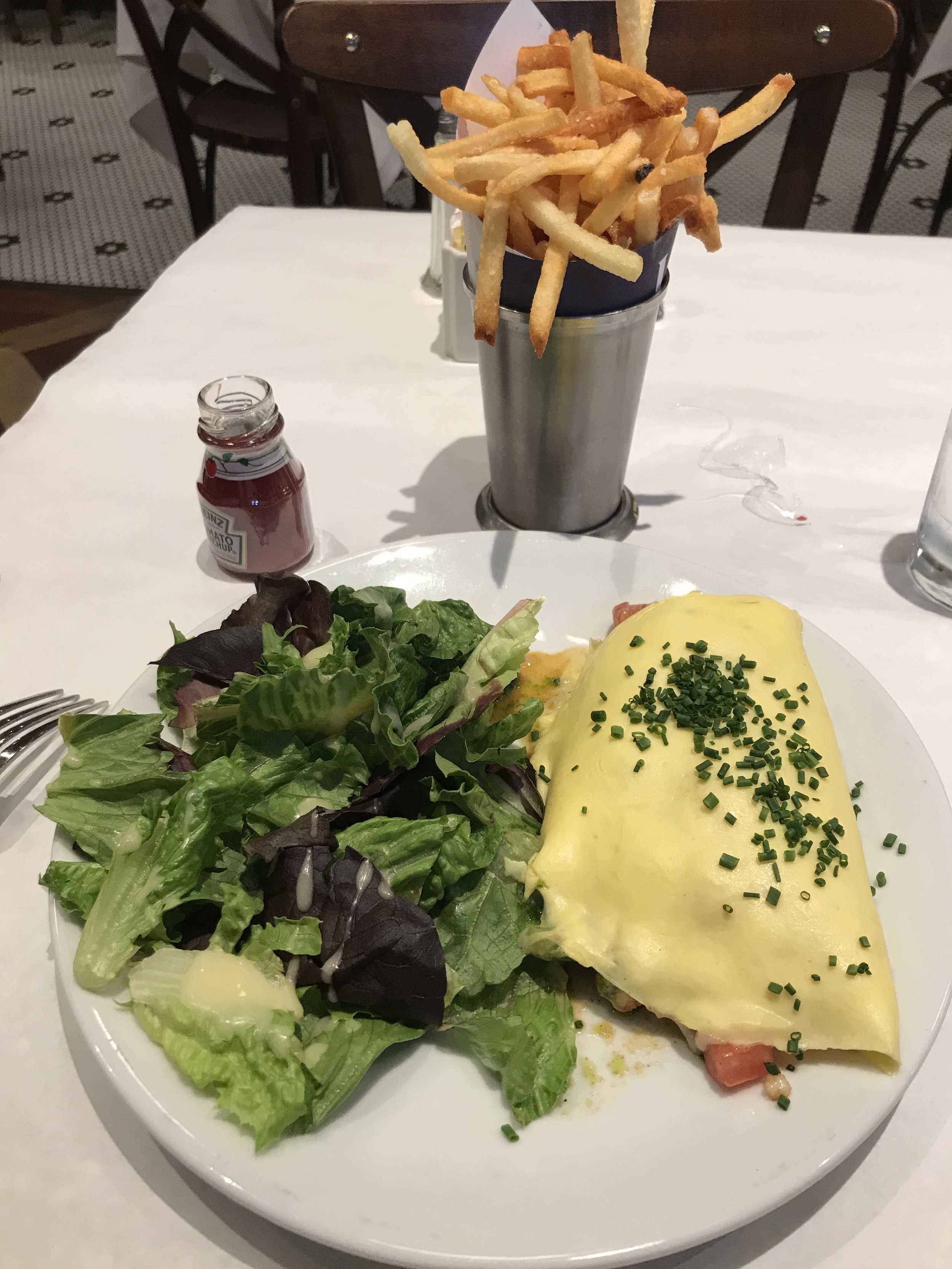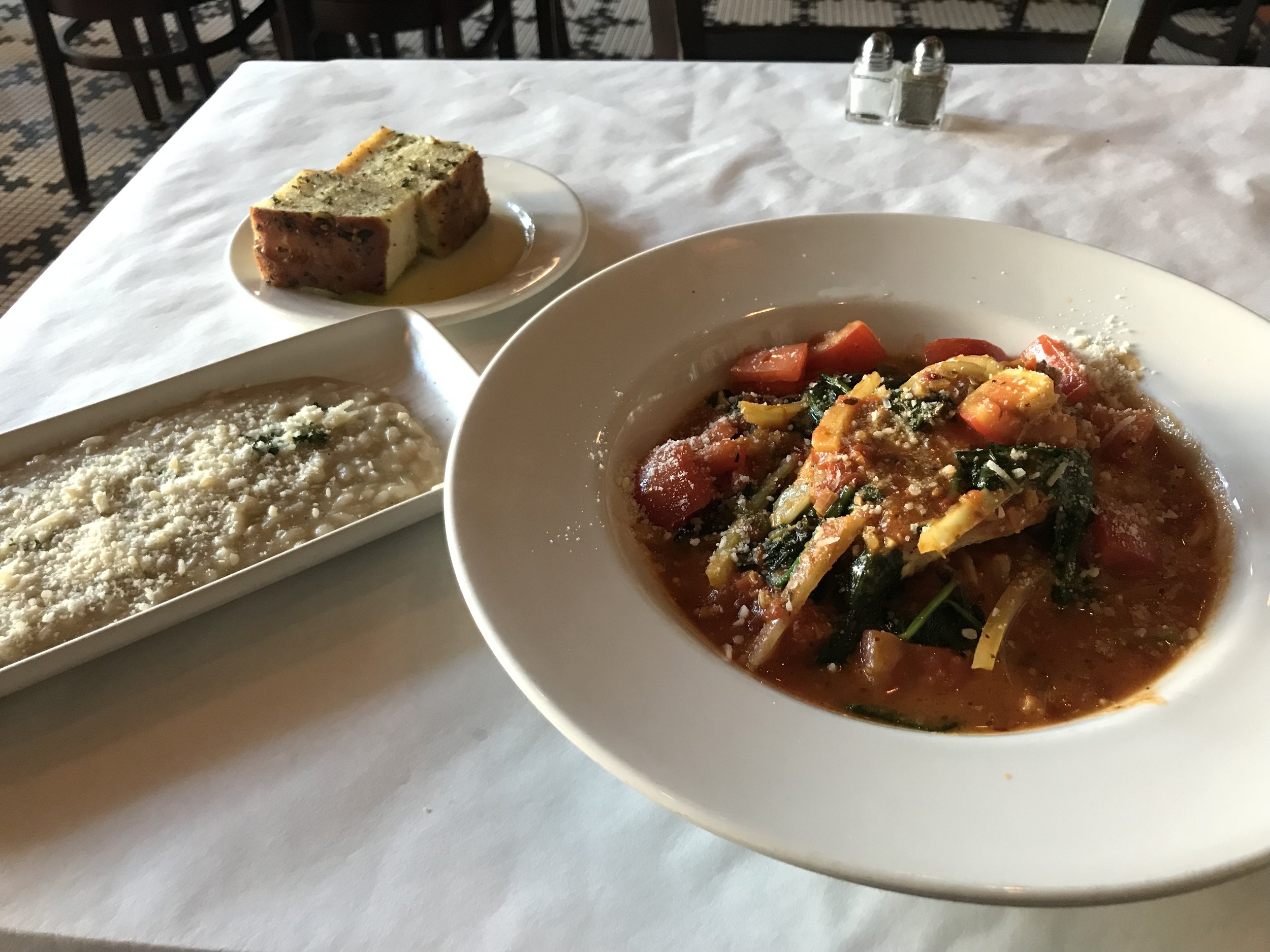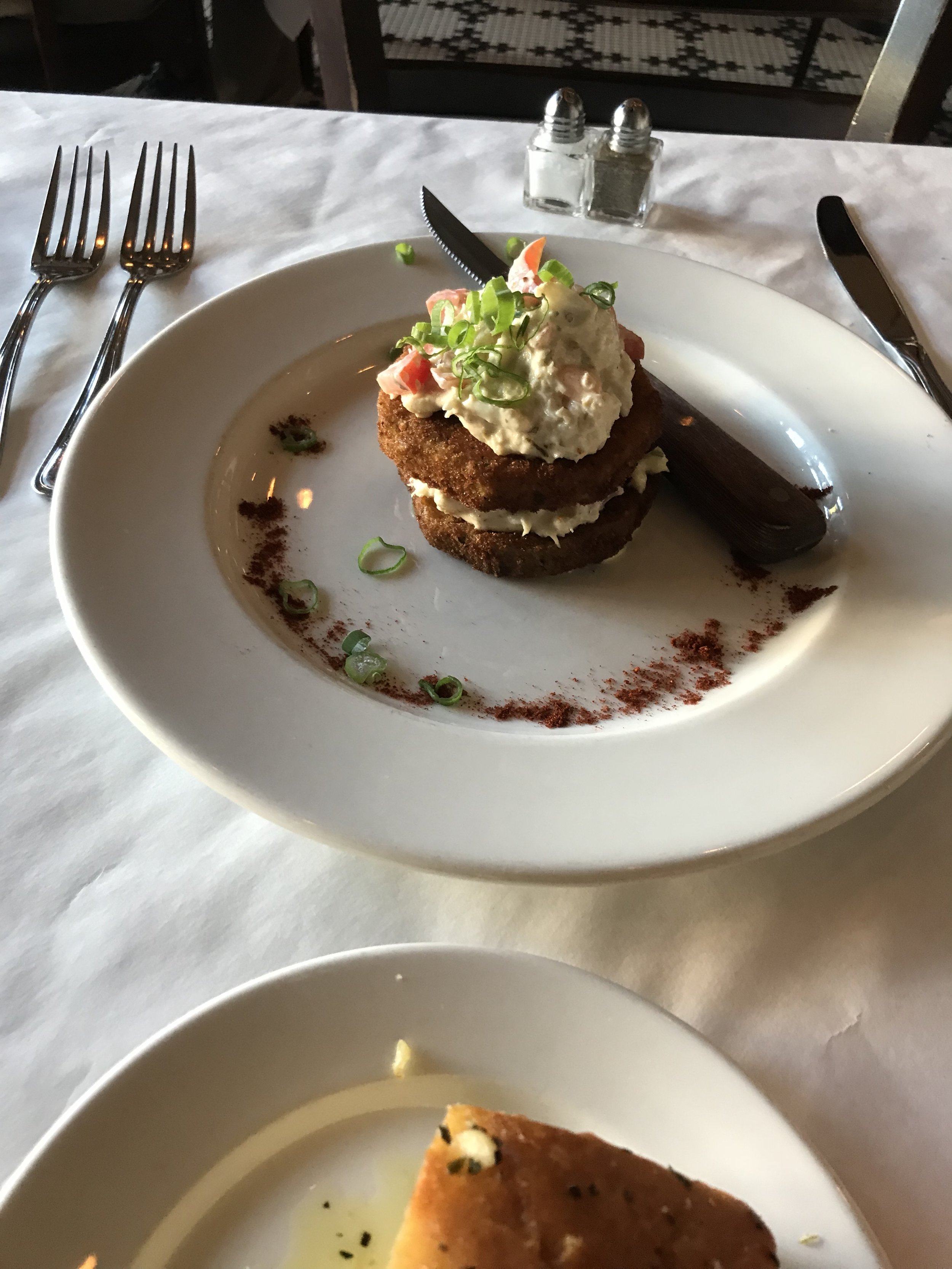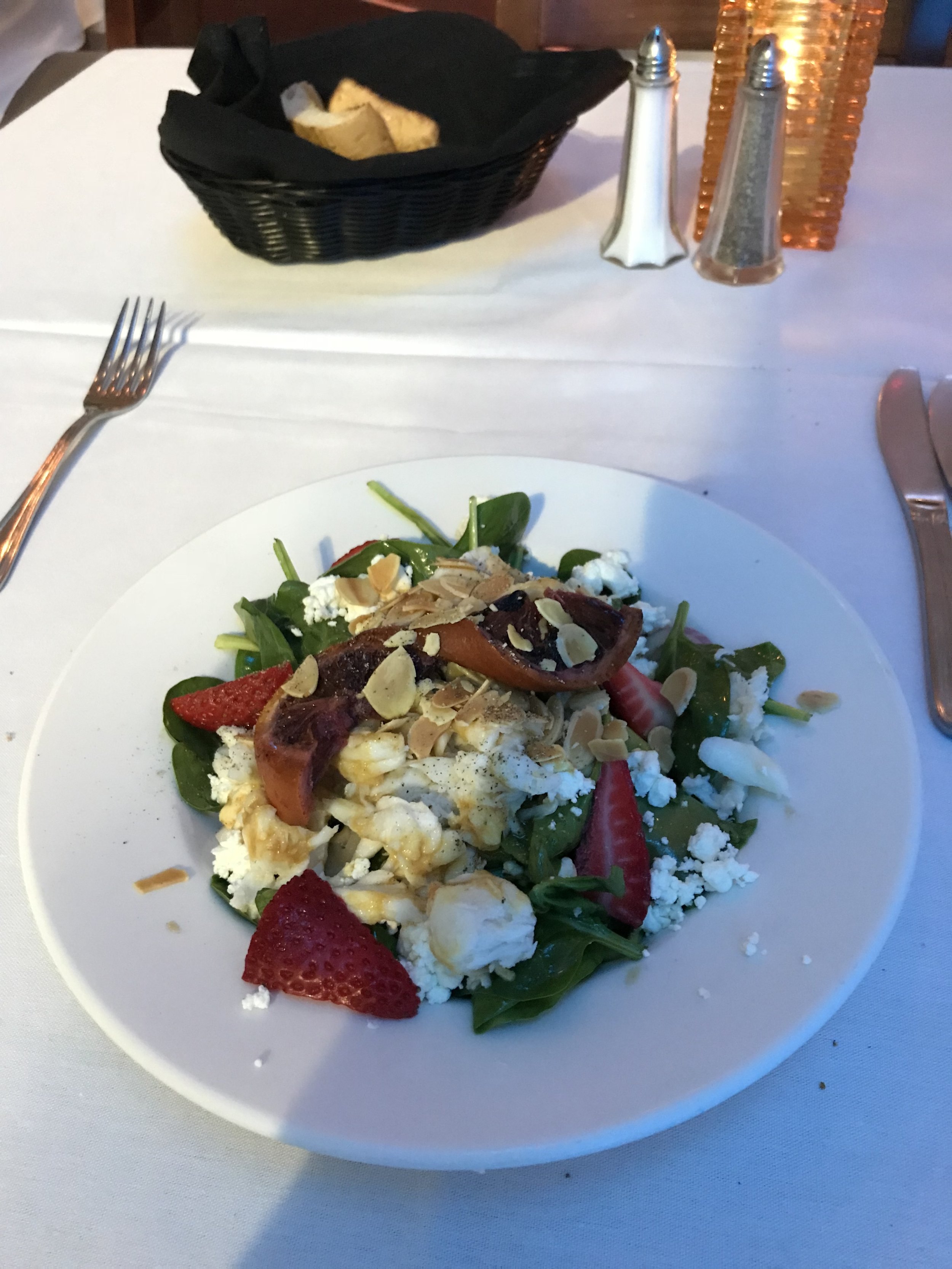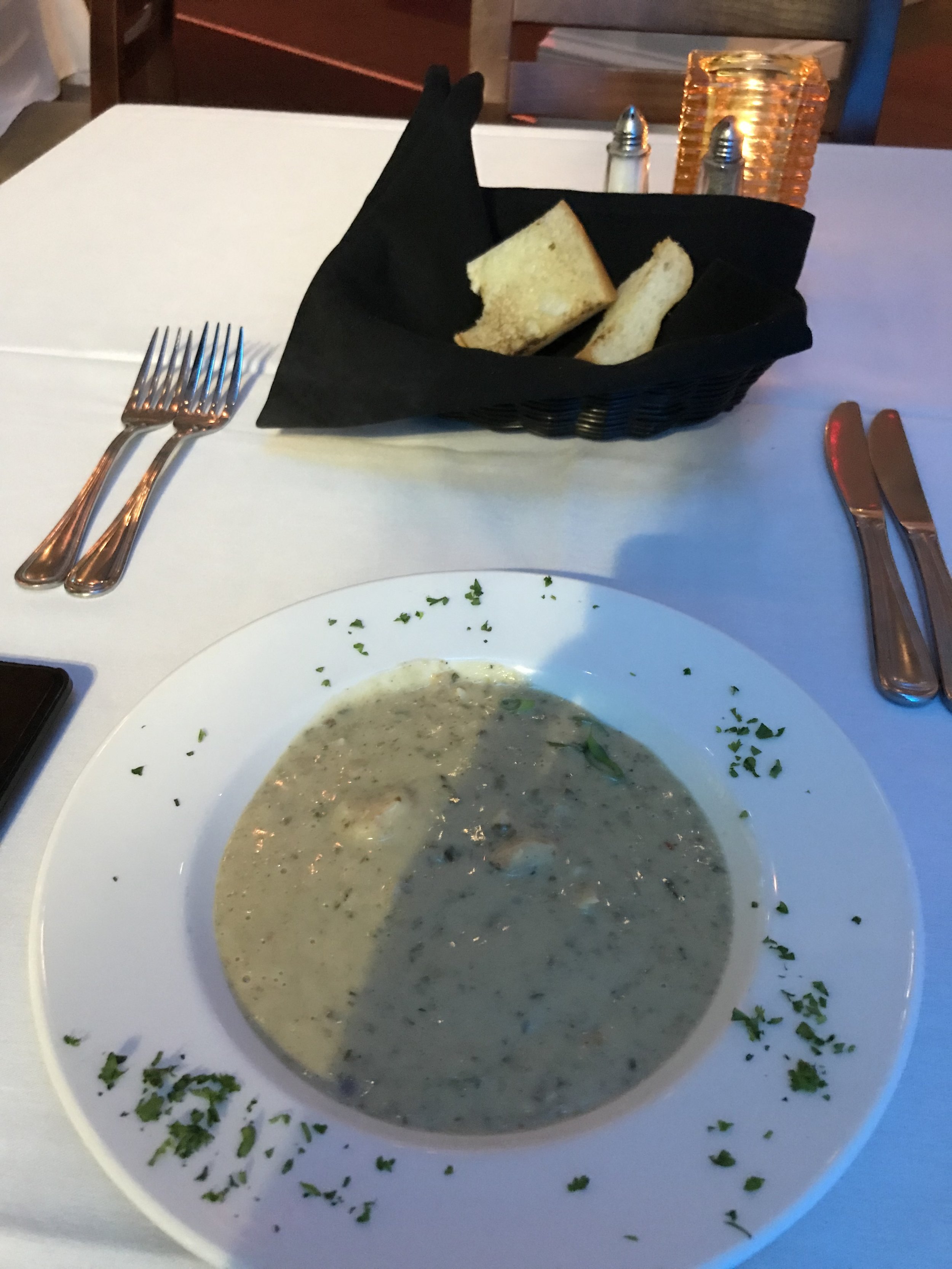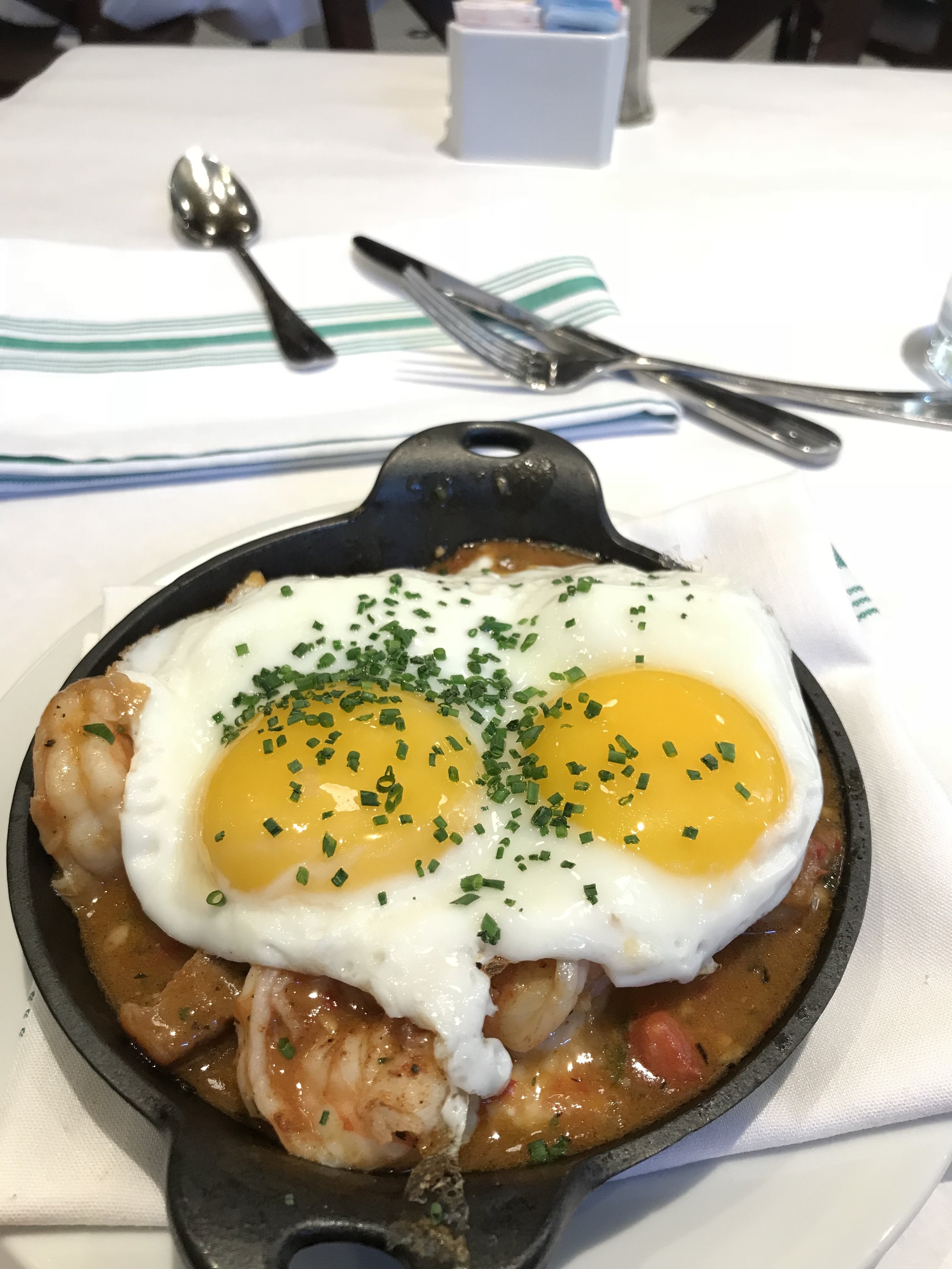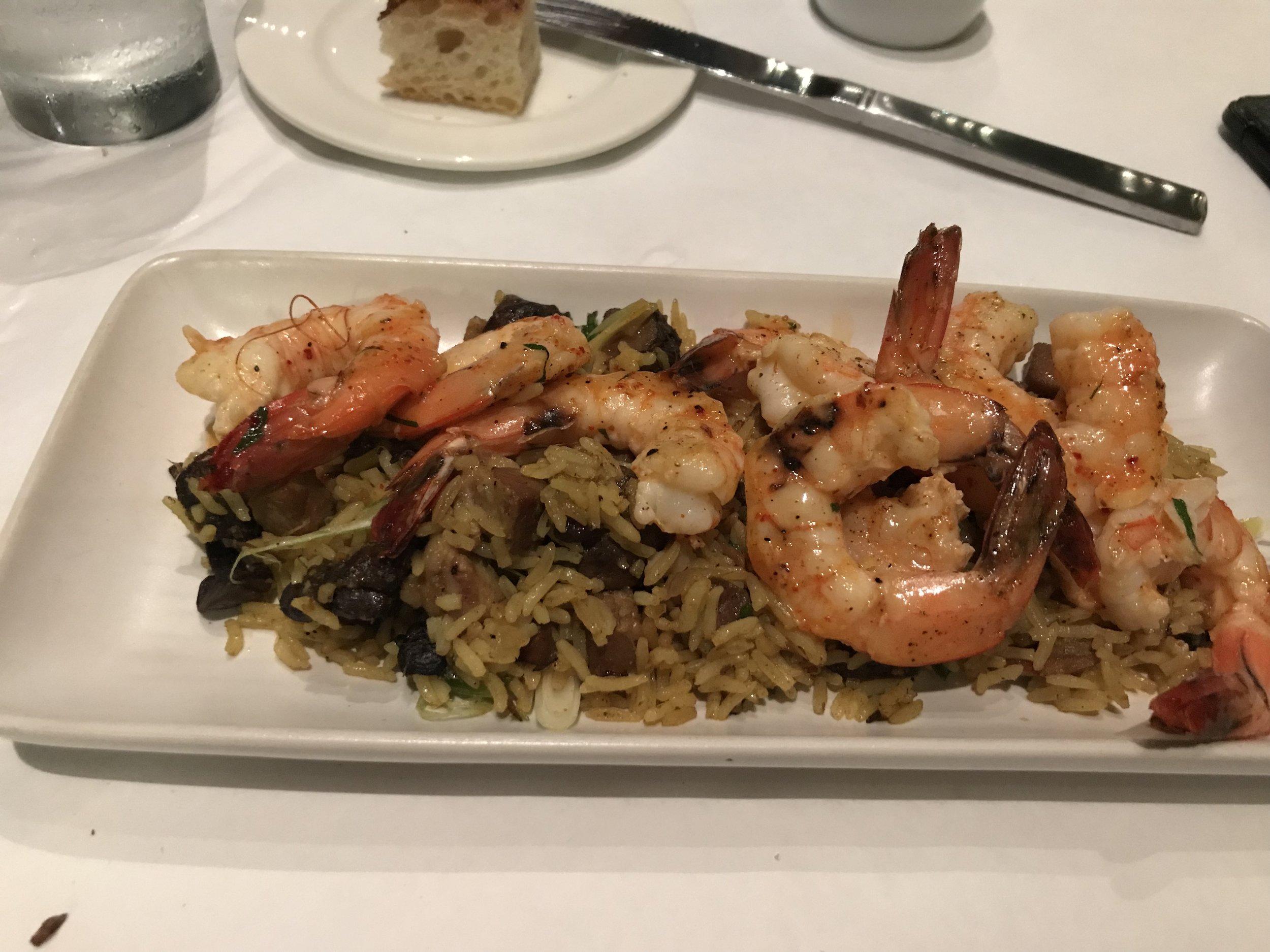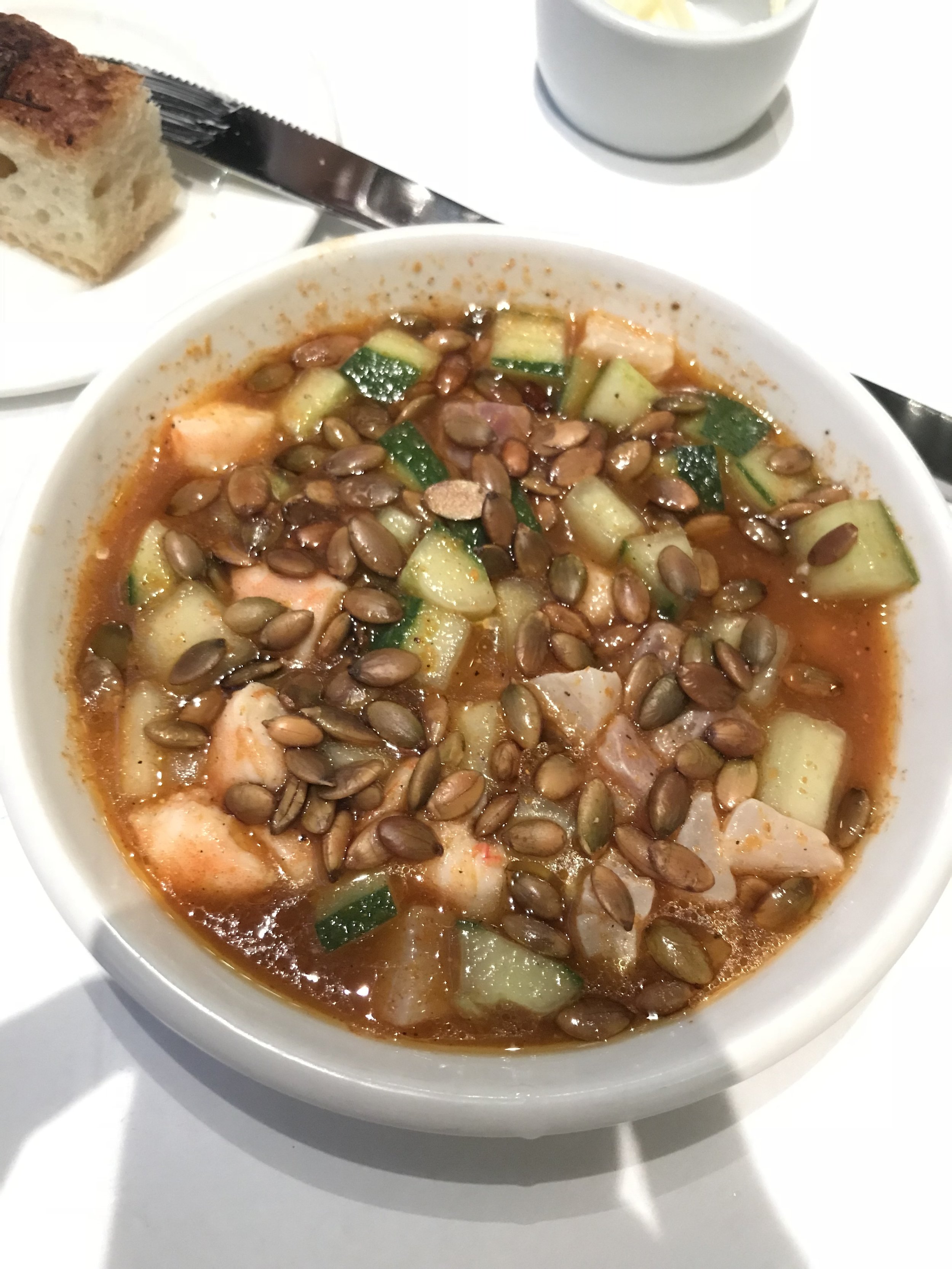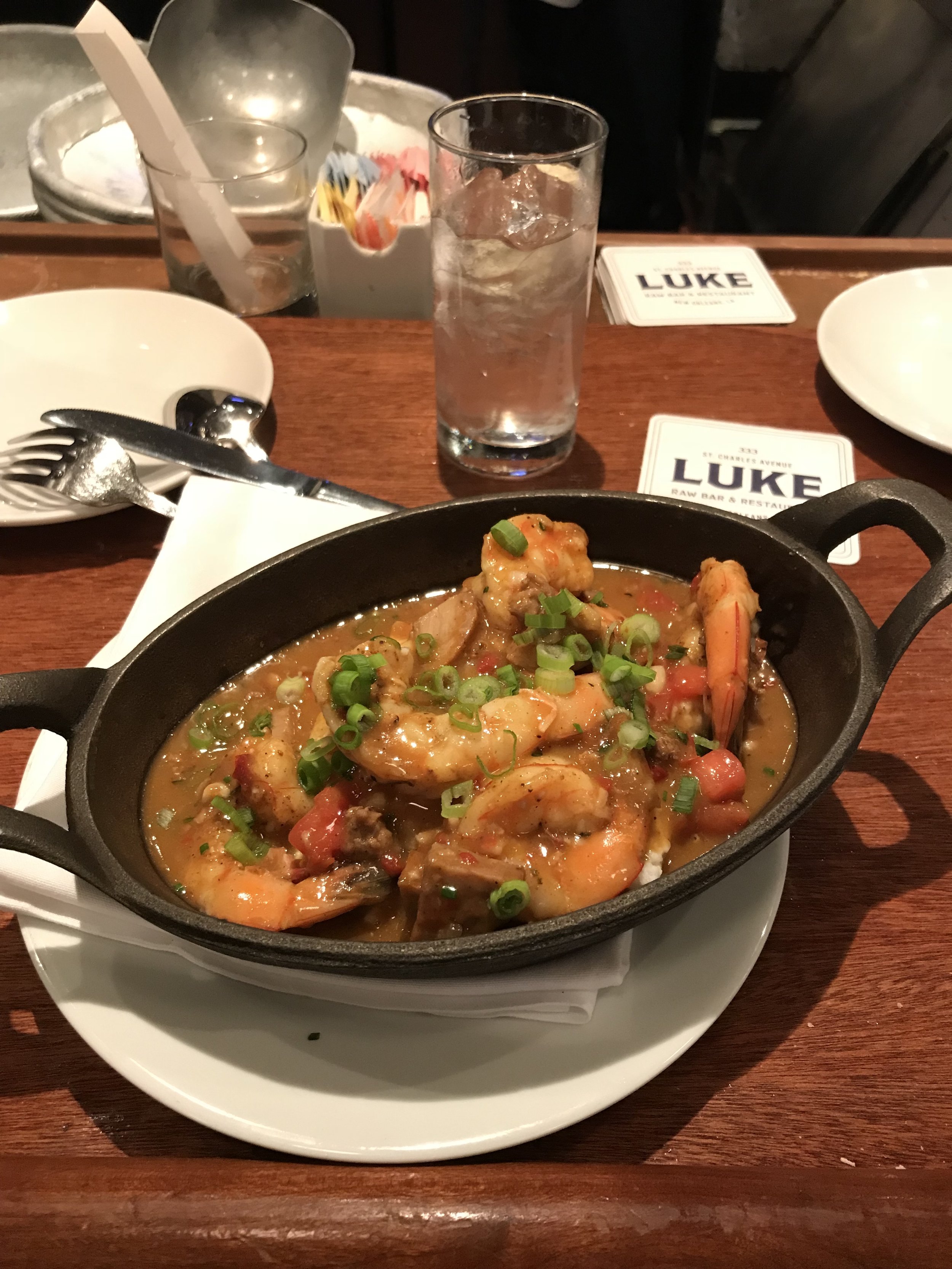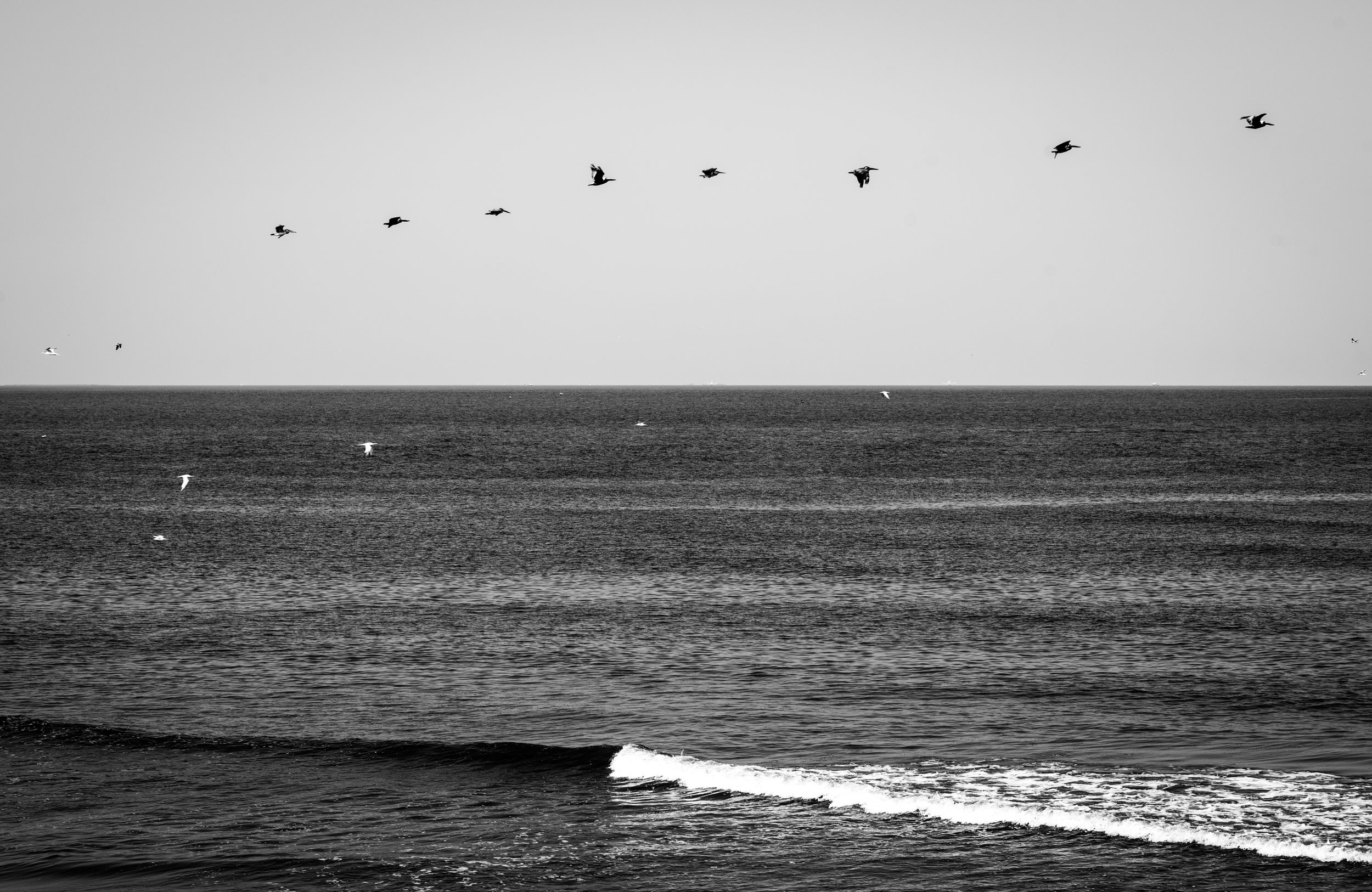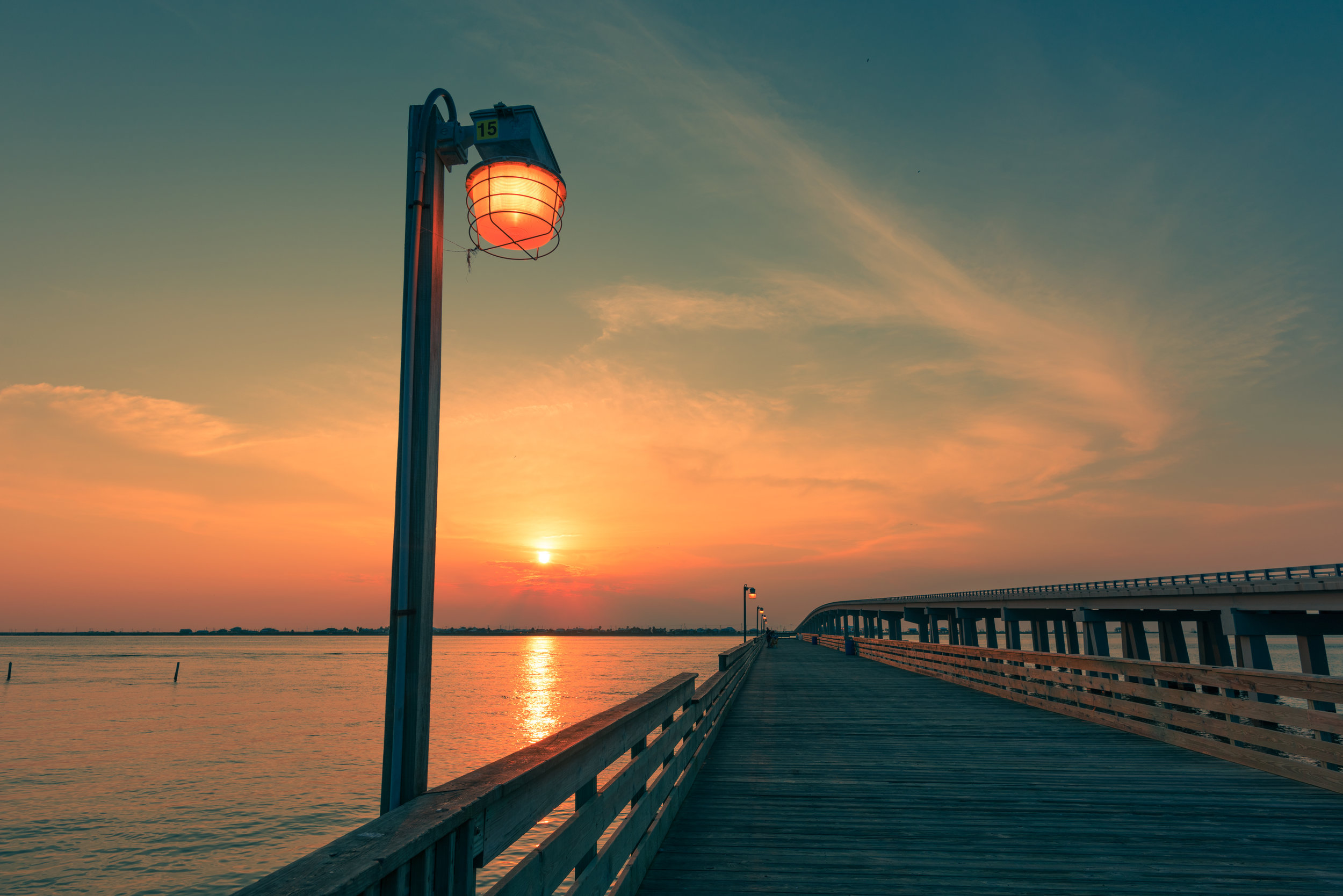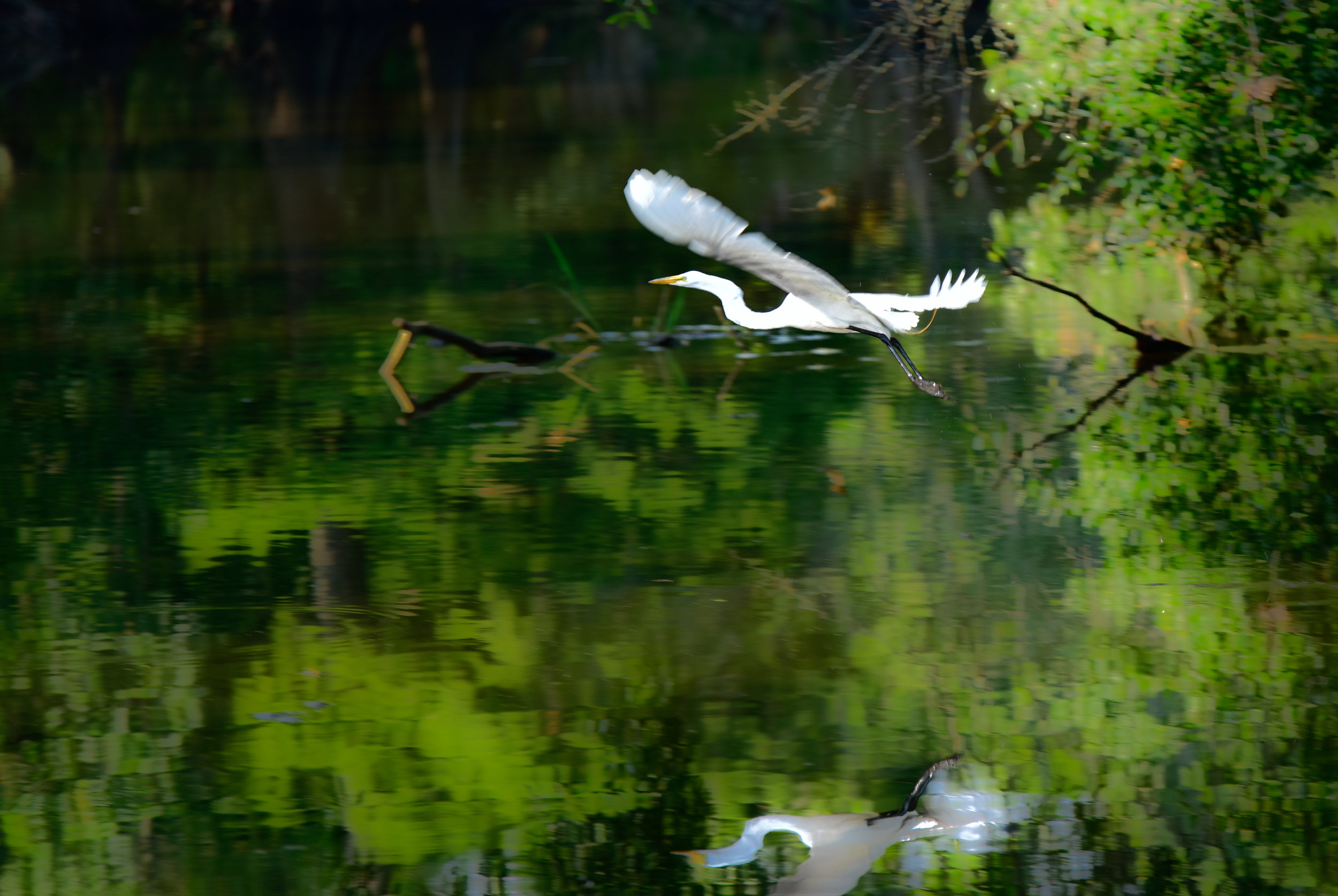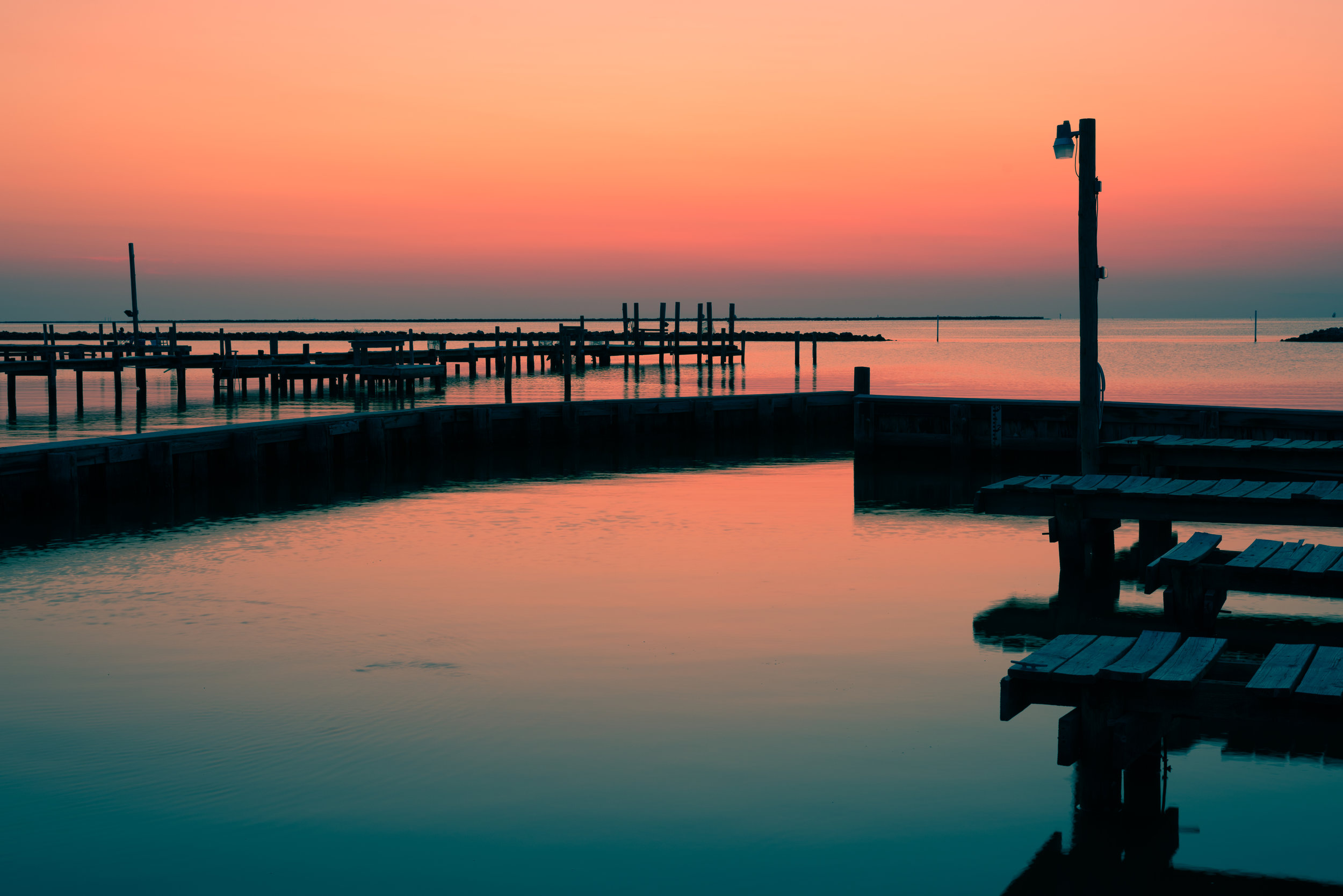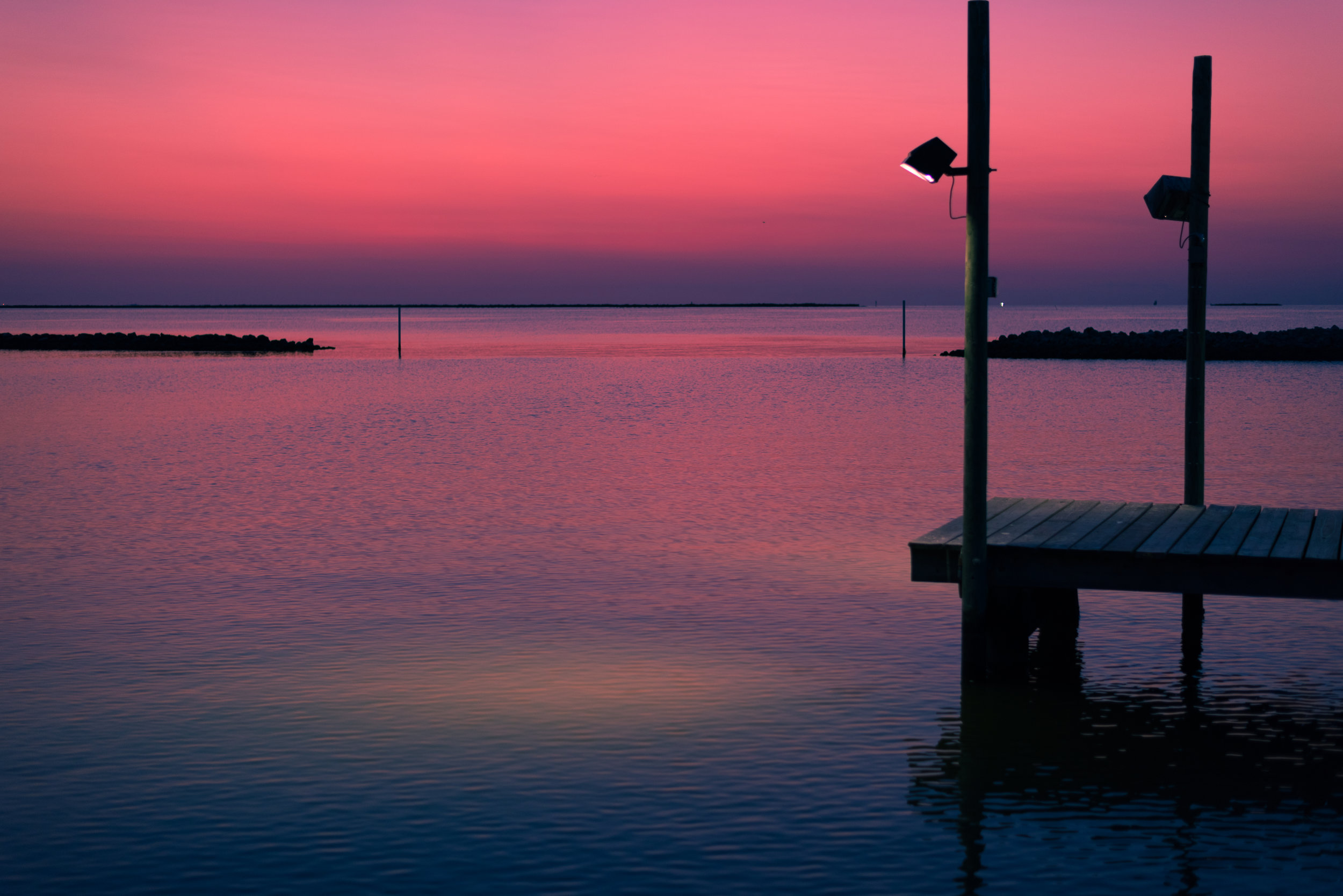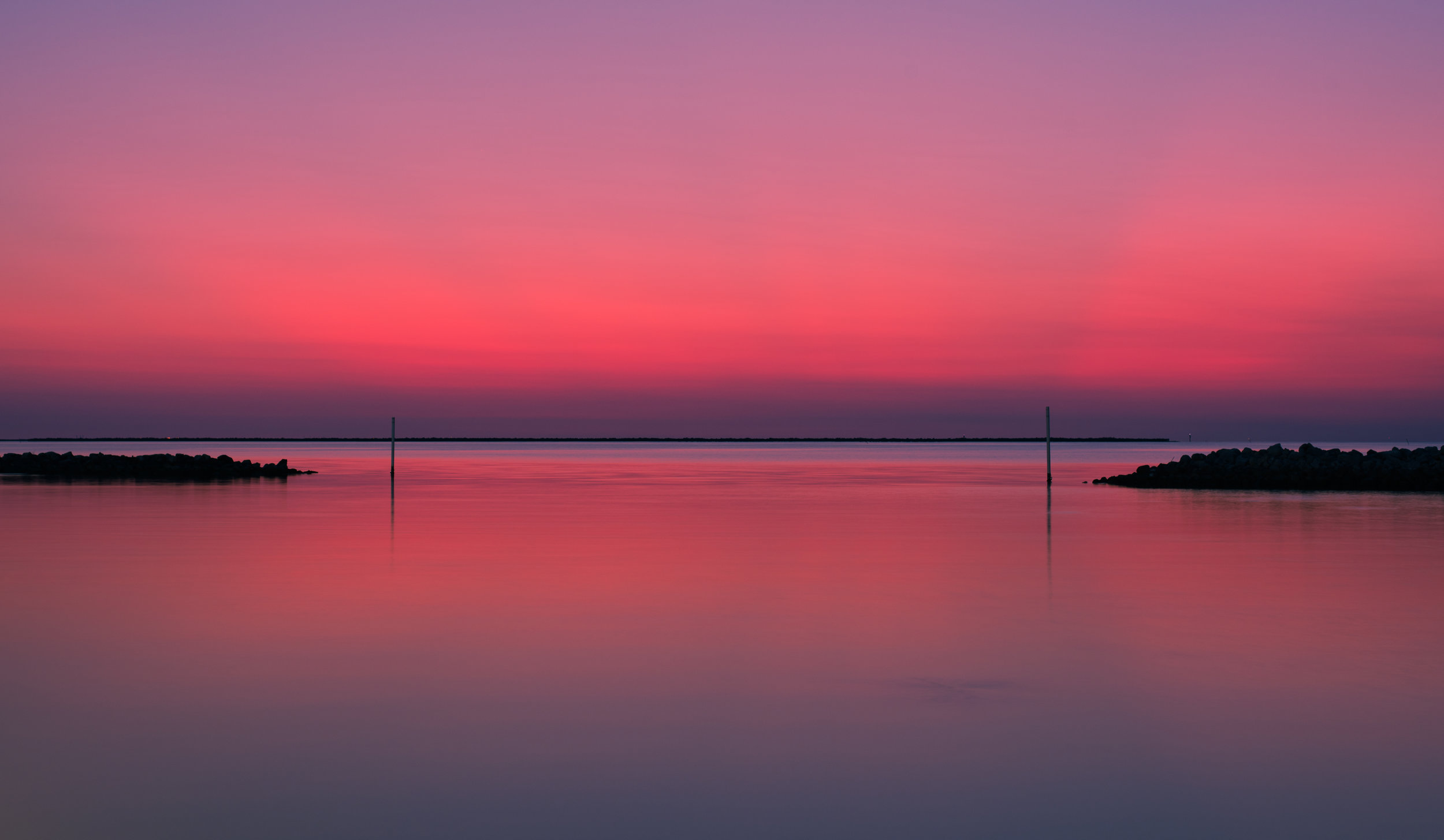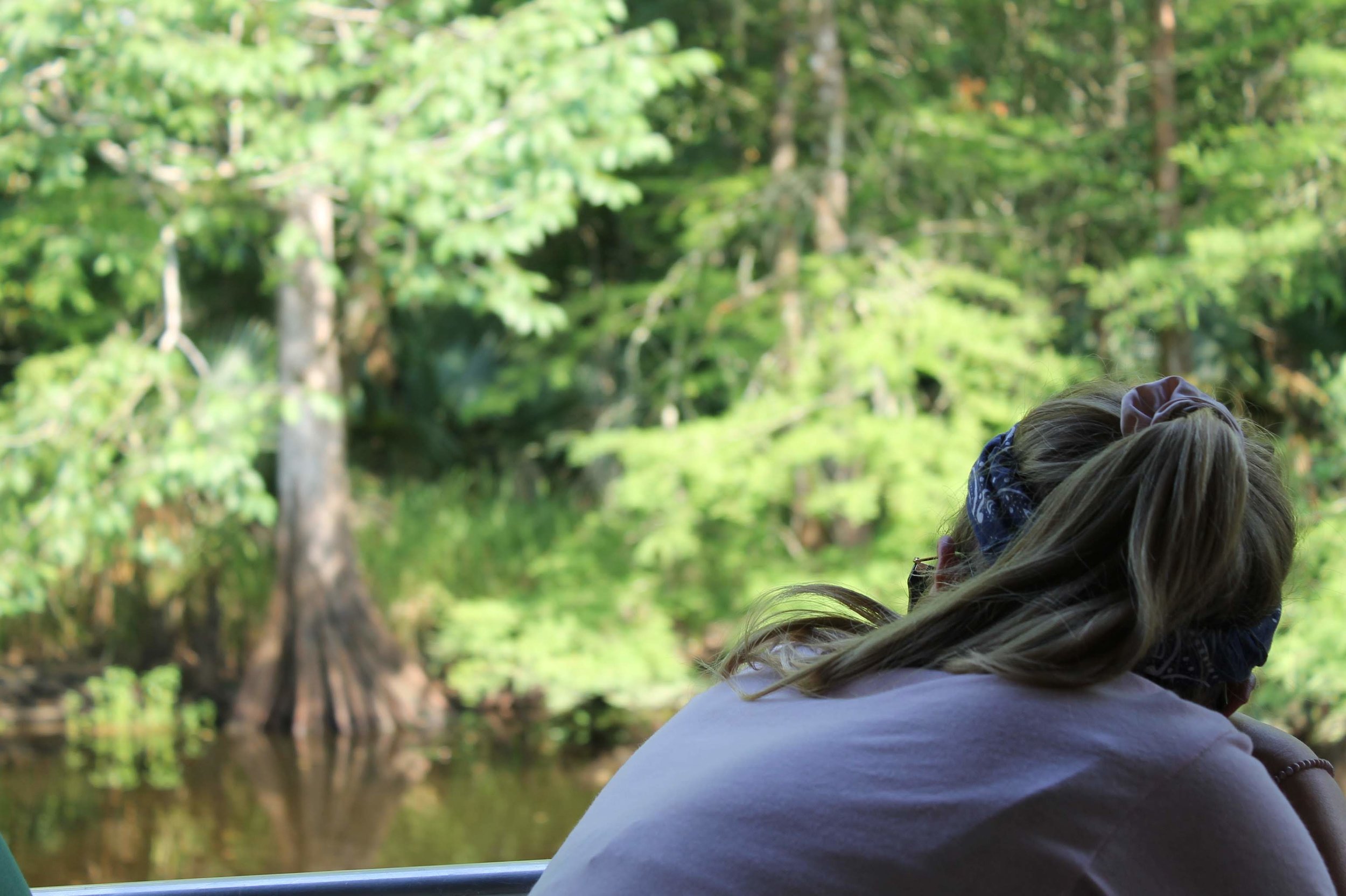In the loose sense that I could always find some novels or movies that set in the same places that I visited, pretty much all the trips I went on had some “bookpacking” characteristics to it. For example, the vast prairie in Inner Mongolia reminded me of Wolf Totem (狼图腾) written by Jiang Rong; the forests of Khingan Mountains reminded me of Tracks in the Snowy Forest (林海雪原) by Qu Bo; going to New Zealand and realizing “wow they filmed Lord of the Rings here”. However, none of my previous experiences was driven by those works of literature and art. They were just sweet additions to the trip, some little “oh I remember that!” moment. So strictly speaking, this is my first ever genuine bookpacking trip. Instead of going to a place and try to think of novels that set there, we reverse that thought process and follow the footsteps of characters in great novels, actively seeking and unpacking the culture and history of that place through literature. The attitude changes from that of a passive observer to an active seeker. That is what makes this trip invaluable.
Not only did I came to Louisiana for the unique bookpacking experience, I also came to get out of my comfort zone, to discover the other side of me. Quite frankly, I am the opposite to someone who enjoys literature. I’m pretty insensitive. There is no trace of romance in my head. I think in terms of costs and benefits, not in terms of feelings and emotions. Unlike all my fellow bookpackers whose blogs are filled with lines as poetic as “ finding something absolutely mesmerizing about watching the waves crash into the ocean” (I quoted from Ciannah : ), I simply adjust the settings on my camera, took the pictures and leave, wasting no time staring at the sea. As romantic as it sounds to read on the beach, I hate to get sand on me. And actually, I feel more at ease when I have a tight schedule at school because I have everything planned out and I know exactly what to do at what time. Memorize math equations and nail multiple choice questions are my specialties; creative thinking and writings are my absolute nightmares. I enjoy reading academic journals and argumentative books; I suck at reading novels or poems or prose. As a result, my language is as dry as you see right here. Sounds horrible huh? So at some point of the last semester, I decided that it was high time to make a change. Then I applied for this program--without any high expectation of getting in, of course. After all, I’m a math major freshman from China. My whole application probably looks like a prank to the professor. Then sometime later, quite surprisingly, I got accepted. What was funnier was my first meeting with Andrew. He gave me a sort of embarrassed smile and told me that I can get the whole king-size bed all to myself. At first, I was like “damn bro this is awesome!”. But later on I starter shivering and got scared: “on man I’m going to live alone! There’s no vampires or anything in Lafayette Hotel right?”
Prior to the trip, I was nervous not only because I’m the only boy, but also because I’m quite illiterate, I would say, comparing to all my travel companions. This fact was manifested later on when we had a group discussion about The Awakening. From the beginning till the end, I was shocked by their deep understanding of the novel and the richness of their interpretations. When they were discussing the different symbolisms used in the novel, my understanding was still as shallow as whether the protagonist was mad. Plus the fact that I had a serious cold right at the beginning of the trip, my mind was all over the place (I guess in this sense I did successfully get way out of my comfort zone. I almost coughed my brain out to the oil rigs in Mexico Gulf). Nonetheless, I enjoyed the entirety of the trip right from the beginning.
The first thing I want to talk about is, of course, food--one of the most essential part of human life beyond any doubt. Right when we stepped outside of the airplane, there was advertisement of food everywhere--much more than any other airports I went to. Even with the definite confirmation bias coming from my hunger, I still found the food advertisements to be extremely excessive. In fact, I appreciate this a lot. One of my favorite documentary was A Bite of China by CCTV. Each episode of it gradually unfolds a part of the Chinese cultural through food. “Food”, in this sense, is not simply what’s in the plates and bowls. It represents the larger life philosophy of people in that culture, their relationship with nature, their interpretation of the environment, and their legacy through history. It a entire human-nature dynamic that represents arguably the most important facet of our life. From the selection and preparation of ingredients, to spices, to culinary methods, to how it was finally served, every single aspect of the food is like a condensed mirror that reflects the culture it sets in.
One fantastic example to demonstrate this is crawfish. Both Southern China and Louisiana are huge consumers of crawfish (based on my personal experience. I don’t have statistical data of any kind, but damn do people love to have spicy crawfish during the summer in China), however, how crawfish is cooked is vastly different. In Louisiana, I’ve had crawfish stewed with shrimps in “seafood gumbo” soup; crawfish smothered in cajun sauce and served over rice as “crawfish Étouffée”; served as the main ingredients of “crawfish omelet”; served as embellishments in “shrimps and grits”, etc. All of those are vastly different from how crawfish is cooked in China: stir-fried (with shells attached) with all kinds of spices including red pepper, Sichuan peppercorn, garlic, green onion, Chinese chili bean sauce, etc. Therefore, the same exact ingredient from preparation (peeled vs. whole), to spice selection, to the culinary method (stew vs stir-fry), to how it is served (eaten with containers and utensils vs. eaten with hands and chopsticks) was completely different. It’s always fascinating to see how food is prepared differently in different cultures. When I was in Rhode Island, their signature dish was the extremely creamy clam chowder with oyster crackers and the breadcrumb stuffed “clam casino”. Coming over to the pacific coast, I had seafood ceviche for the first time which has a whole new taste I’ve never imagined to go with seafood. The sourness of the ceviche almost remotely reminded me of Ethiopian cuisine, with their sour-tasting fermented injera almost threw me off the chair the first time I had it. Down here in Louisiana though, I found a more subtleness in the use of spices. It’s more balanced and less extreme. In the shrimp and grits I had, I could taste many different spices all in harmony with each other, and none of them surpassing the original taste of shrimps themselves. Although sometimes the poorly cooked seafood gumbo tastes too excessive on salt and pepper, they never let the taste of spices take over the taste of the main ingredients. Even the pan-seared fish I had on Friday (I forgot what fish specifically) had just enough flavor to not be tasteless and accurately recreate the tenderness and freshness of the fish meat. It almost seems that there is this ideology in New Orleans cuisine to never let any one flavor predominate (Or, if there has to be one, let it be the taste of the original food). I’m certainly far from having had nearly enough food to make any conclusions, but I think there is a vague pattern already emerging here.




























































